Home>Gardening & Outdoor>Outdoor Structures>How Build A Shed
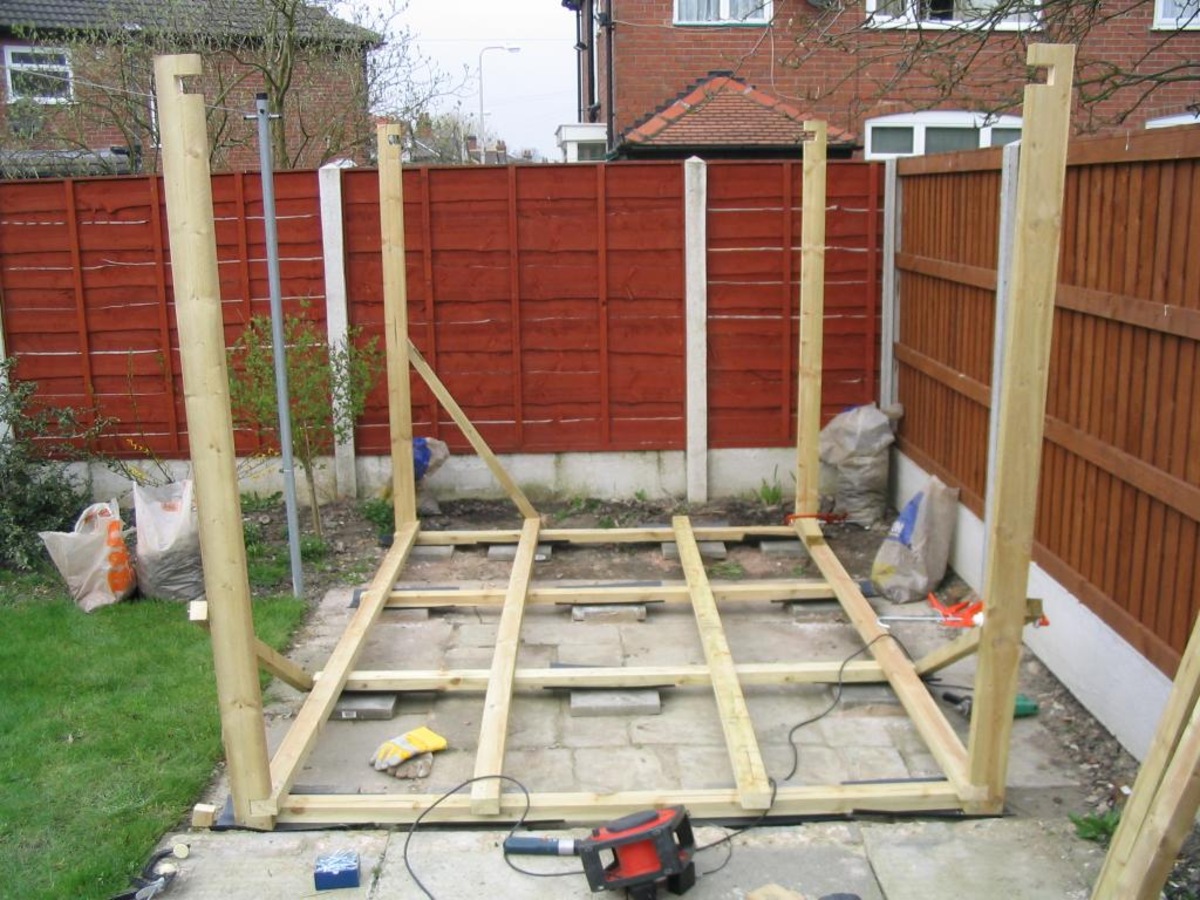

Outdoor Structures
How Build A Shed
Modified: February 18, 2024
Learn how to build a shed and other outdoor structures with our comprehensive guide. Get tips, plans, and ideas for creating your perfect outdoor space.
(Many of the links in this article redirect to a specific reviewed product. Your purchase of these products through affiliate links helps to generate commission for Storables.com, at no extra cost. Learn more)
**
Introduction
**
Building a shed in your backyard can be an exciting and rewarding project. Whether you need extra storage space for your gardening tools, sports equipment, or outdoor furniture, a well-constructed shed can provide the perfect solution. Not only does it serve a practical purpose, but it can also enhance the aesthetic appeal of your outdoor space.
Constructing a shed requires careful planning, attention to detail, and a bit of elbow grease. From choosing the right location to assembling the shed and adding finishing touches, each step plays a crucial role in the overall success of the project. By following a systematic approach and utilizing the right materials and tools, you can create a durable and functional structure that meets your specific needs.
In this comprehensive guide, we will walk you through the step-by-step process of building a shed, covering everything from selecting the ideal location and gathering materials to constructing the foundation, assembling the shed, and adding the finishing touches. Whether you're a seasoned DIY enthusiast or a novice builder, this article will provide valuable insights and practical tips to help you embark on this fulfilling endeavor.
So, roll up your sleeves, put on your work boots, and get ready to dive into the world of shed construction. With the right guidance and a can-do attitude, you'll soon be on your way to creating a versatile and charming addition to your outdoor space. Let's get started!
Key Takeaways:
- Building a shed requires careful planning, the right materials, and tools. Choose the ideal location, gather supplies, and follow step-by-step instructions for a successful DIY project.
- From selecting the perfect spot to adding finishing touches, building a shed is a fulfilling endeavor. It’s about creating a functional, personalized outdoor space that reflects your creativity and resourcefulness.
Read more: How To Build A Shed
Choosing the Right Location
Before you start building your shed, it’s crucial to carefully consider the location where it will be situated. The placement of your shed can impact its functionality, longevity, and overall visual appeal. Here are essential factors to keep in mind when selecting the ideal spot:
1. Accessibility: Ensure that the location provides easy access to the shed. This will make it convenient to retrieve and store items, saving you time and effort, especially if you frequently use the shed for gardening or DIY projects.
2. Sunlight Exposure: Opt for a location that receives an adequate amount of sunlight throughout the day. Sunlight helps prevent moisture buildup, inhibits the growth of mold and mildew, and keeps the interior of the shed well-ventilated.
3. Ground Stability: Choose a level area with stable ground for the shed's foundation. Avoid low-lying areas that are prone to water accumulation, as this can lead to structural damage and dampness inside the shed.
4. Proximity to Utilities: If you plan to use the shed for activities that require electricity or water, such as woodworking or gardening, consider its proximity to electrical outlets and water sources. This will make it easier to connect utilities to the shed, eliminating the need for extensive wiring or plumbing installations.
5. Aesthetics: Take into account the visual impact of the shed's placement. Consider how it will complement the overall landscape and architecture of your property. A well-positioned shed can enhance the visual appeal of your outdoor space while maintaining a harmonious balance with the surroundings.
6. Local Regulations: Check with your local building authorities or homeowner's association to ensure compliance with any regulations or restrictions regarding shed placement. This may include setback requirements, height limitations, and property line considerations.
By carefully evaluating these factors, you can select a location that optimizes the functionality, durability, and aesthetic integration of your shed within your outdoor space. Once you've identified the perfect spot, you can proceed to the next steps of gathering materials and tools for the construction process.
Gathering Materials and Tools
With the location of your shed determined, it’s time to gather the necessary materials and tools for the construction process. Having the right supplies at your disposal will streamline the building process and ensure that you can tackle each phase efficiently. Here’s a comprehensive list of materials and tools you’ll need:
Materials:
- Lumber: Purchase high-quality lumber for the framing, siding, and trusses of the shed. Opt for pressure-treated wood to resist decay and insect damage.
- Roofing Materials: Depending on your preference and local climate, choose between asphalt shingles, metal roofing panels, or corrugated fiberglass panels.
- Fasteners: Stock up on nails, screws, and other fastening hardware suitable for outdoor use. Stainless steel or galvanized fasteners are ideal for durability.
- Foundation Materials: Select the appropriate materials for your shed’s foundation, such as concrete blocks, gravel, or concrete footings.
- Siding and Trim: Decide on the type of siding and trim that best suits your aesthetic preferences and climate conditions. Common options include vinyl, wood, or metal siding.
- Doors and Windows: If your shed design includes doors and windows, purchase these components along with the necessary hardware.
- Moisture Barrier: Invest in a high-quality moisture barrier to protect the interior of the shed from water infiltration.
- Paint or Stain: If you plan to finish the exterior of the shed, acquire paint or stain in your preferred color and finish.
Tools:
- Power Saw: A circular saw or miter saw for cutting lumber with precision.
- Hammer and Nail Gun: Essential for fastening framing members and other components.
- Level and Square: Ensure accurate alignment and squareness during construction.
- Drill and Bits: For creating pilot holes, driving screws, and various assembly tasks.
- Shovel and Wheelbarrow: If you’re constructing a foundation, these tools will be indispensable for moving and leveling foundation materials.
- Ladder or Scaffolding: Depending on the shed’s height, you’ll need safe access for working at elevated positions.
- Work Gloves and Safety Gear: Protect your hands and eyes with gloves and safety glasses.
By procuring these materials and tools, you’ll be well-equipped to commence the construction process with confidence and efficiency. With everything in place, you can move on to the crucial step of building the foundation for your shed.
Building the Foundation
Constructing a sturdy and level foundation is essential for ensuring the stability and durability of your shed. The foundation serves as the base upon which the entire structure rests, providing support and protection against ground moisture. Depending on your preference and the specific requirements of your location, there are several foundation options to consider:
Concrete Slab: A concrete slab foundation offers a solid and permanent base for your shed. To create a concrete slab, you’ll need to excavate the area, install formwork, pour and level the concrete, and allow it to cure. This type of foundation is ideal for heavy-duty storage sheds and workshops.
Concrete Blocks: Using concrete blocks to create a foundation is a popular and cost-effective option. By leveling the ground and arranging the blocks in a grid pattern, you can create a stable base for your shed. This method allows for easy adjustment and repositioning of the blocks as needed.
Gravel Foundation: A gravel foundation is a simple and versatile choice, particularly for smaller sheds and utility structures. By spreading and compacting a layer of gravel, you can create a level surface that provides adequate drainage and support for the shed’s floor framing.
Before proceeding with the foundation construction, it’s crucial to mark the perimeter of the shed’s footprint and ensure that the area is clear of any debris or obstructions. Here are the essential steps for building a typical concrete block foundation:
- Site Preparation: Clear the area and ensure that the ground is level. Use a string line and stakes to outline the shed’s dimensions.
- Excavation: Dig a trench for the foundation, ensuring that it is deep enough to accommodate the concrete blocks and provide adequate support.
- Leveling and Compaction: Use a hand tamper or plate compactor to level the excavated area and compact the soil to create a stable base.
- Install the Blocks: Place the concrete blocks at regular intervals within the trench, ensuring that they are level and aligned with the string line.
- Add Gravel: Fill the interior of the foundation with a layer of gravel to further stabilize the base and enhance drainage.
- Verify Levelness: Use a long level to ensure that the blocks are uniformly level and adjust them as necessary.
- Anchor the Blocks: Secure the shed’s floor framing to the concrete blocks using anchor bolts or other suitable fasteners.
Once the foundation is in place, you’ll have a solid and reliable base upon which to build the rest of the shed’s structure. With the foundation completed, you can move on to the exciting phase of assembling the shed’s framing and walls, bringing your vision to life one step at a time.
When building a shed, make sure to start with a solid foundation to ensure stability and longevity. This can be achieved by using concrete footings or a gravel base.
Assembling the Shed
With the foundation set, it’s time to embark on the process of assembling the shed’s framework, walls, and roof. This phase of the construction is where the project begins to take shape, and each component comes together to form the structure of the shed. Here’s a step-by-step guide to assembling the shed:
1. Framing: Begin by constructing the shed’s framing using the lumber you’ve procured. The framing serves as the skeleton of the structure, providing support for the walls, roof, and doors. Use a power saw to cut the lumber to the required dimensions and assemble the framing according to the shed’s design plans.
2. Wall Assembly: Once the framing is in place, it’s time to attach the exterior siding to create the walls. Depending on the chosen siding material, such as wood panels or vinyl sheets, follow the manufacturer’s guidelines for proper installation. Ensure that the walls are plumb and square as you secure the siding to the framing.
3. Roof Construction: The next step involves building the shed’s roof structure. Depending on the design, this may include installing trusses or rafters to support the roof covering. Carefully follow the design plans and structural requirements to ensure that the roof provides adequate protection and drainage for the shed.
4. Door and Window Installation: If your shed design includes doors and windows, it’s time to install these components. Ensure that the openings are properly framed and that the doors and windows are securely fitted and sealed to prevent air and water infiltration.
5. Exterior Finishing: Once the basic structure is assembled, consider adding finishing touches to the shed’s exterior. This may involve applying a protective coat of paint or stain to the siding and trim, enhancing the shed’s visual appeal and weather resistance.
Throughout the assembly process, it’s essential to maintain a keen eye for detail and precision. Ensuring that each component is properly aligned, secured, and weatherproofed will contribute to the longevity and functionality of the shed. Additionally, adhering to safety practices, such as using appropriate personal protective equipment and working with caution at elevated heights, is paramount during this phase of construction.
As the shed takes shape, you’ll witness your vision transforming into a tangible structure that will serve a multitude of purposes in your outdoor space. Once the shed is fully assembled, you can move on to the final phase of adding finishing touches to complete the project.
Read more: How To Build A Tuff Shed
Adding Finishing Touches
As the construction of your shed nears completion, the addition of finishing touches will not only enhance its aesthetic appeal but also contribute to its functionality and longevity. These final details can elevate the overall look and feel of the shed while providing essential protection against the elements. Here are the key finishing touches to consider:
1. Weatherproofing: Apply a weather-resistant sealant or caulking around windows, doors, and any gaps in the siding to prevent water infiltration and air leaks. This will help maintain a dry and comfortable interior while safeguarding the shed’s structural integrity.
2. Interior Organization: Install shelving, hooks, and storage solutions to optimize the interior space of the shed. Organizing tools, equipment, and supplies will maximize functionality and make it easier to keep the space tidy and accessible.
3. Ventilation: Ensure proper ventilation within the shed to prevent humidity buildup and promote air circulation. Consider installing vents or louvers to allow fresh air to flow through the space, reducing the risk of mold and mildew formation.
4. Security Measures: Implement security features such as sturdy locks and hardware to protect the contents of the shed. This is particularly important if you store valuable items or equipment inside.
5. Landscaping and Pathways: Enhance the shed’s surroundings by creating pathways, adding landscaping features, or incorporating decorative elements that complement the shed’s design. This will integrate the structure seamlessly into your outdoor space.
6. Lighting: Install exterior lighting to illuminate the area around the shed, enhancing safety and accessibility, especially during evening hours. Consider solar-powered lights for an eco-friendly and cost-effective solution.
7. Personalization: Add personal touches to the shed, such as decorative accents, signage, or potted plants, to infuse character and charm into the space. This will make the shed feel like an extension of your home and reflect your unique style.
By attending to these finishing touches, you’ll not only refine the appearance and functionality of the shed but also create a welcoming and well-appointed outdoor structure that seamlessly integrates into your property. With the completion of these final details, your shed will stand as a testament to your craftsmanship and attention to detail.
Now that the shed is fully constructed and adorned with its finishing touches, it’s time to step back and admire the transformation of your outdoor space. You’ve successfully brought your vision to life, and the shed will undoubtedly serve as a valuable and versatile addition to your property for years to come.
Conclusion
Congratulations on completing the journey of building your own shed! From the initial selection of the perfect location to the meticulous assembly of the structure, you’ve dedicated time, effort, and creativity to create a functional and visually appealing outdoor space. As you stand back and admire the finished shed, it’s evident that your hard work has paid off, resulting in a valuable addition to your property.
Building a shed is not just about creating a storage space; it’s about crafting a versatile and personalized structure that enhances the functionality and aesthetics of your outdoor environment. Whether you use it for storing gardening tools, pursuing DIY projects, or simply enjoying a quiet retreat, the shed stands as a testament to your ingenuity and resourcefulness.
Throughout the construction process, you’ve demonstrated patience, attention to detail, and a willingness to learn and overcome challenges. Each phase, from gathering materials and tools to adding the finishing touches, has contributed to the creation of a durable and well-appointed shed that meets your specific needs and reflects your individual style.
As you enjoy the benefits of your newly constructed shed, remember the satisfaction of taking on a DIY project and seeing it through to completion. The shed not only serves a practical purpose but also embodies the sense of accomplishment that comes with building something with your own hands.
Whether you’re a seasoned DIY enthusiast or a first-time builder, the experience of constructing a shed has likely provided valuable insights and skills that you can carry forward into future projects. The knowledge gained from this endeavor can empower you to tackle new challenges and continue to enhance your outdoor space with confidence and creativity.
As you reflect on the process of building your shed, take pride in the transformation you’ve brought to your property. The shed stands as a testament to your dedication, craftsmanship, and vision, and it will continue to serve as a functional and inviting space for years to come.
So, as you bask in the satisfaction of a job well done, take a moment to appreciate the shed as more than just a structure—it’s a reflection of your creativity, perseverance, and the joy of turning a vision into reality.
Frequently Asked Questions about How Build A Shed
Was this page helpful?
At Storables.com, we guarantee accurate and reliable information. Our content, validated by Expert Board Contributors, is crafted following stringent Editorial Policies. We're committed to providing you with well-researched, expert-backed insights for all your informational needs.
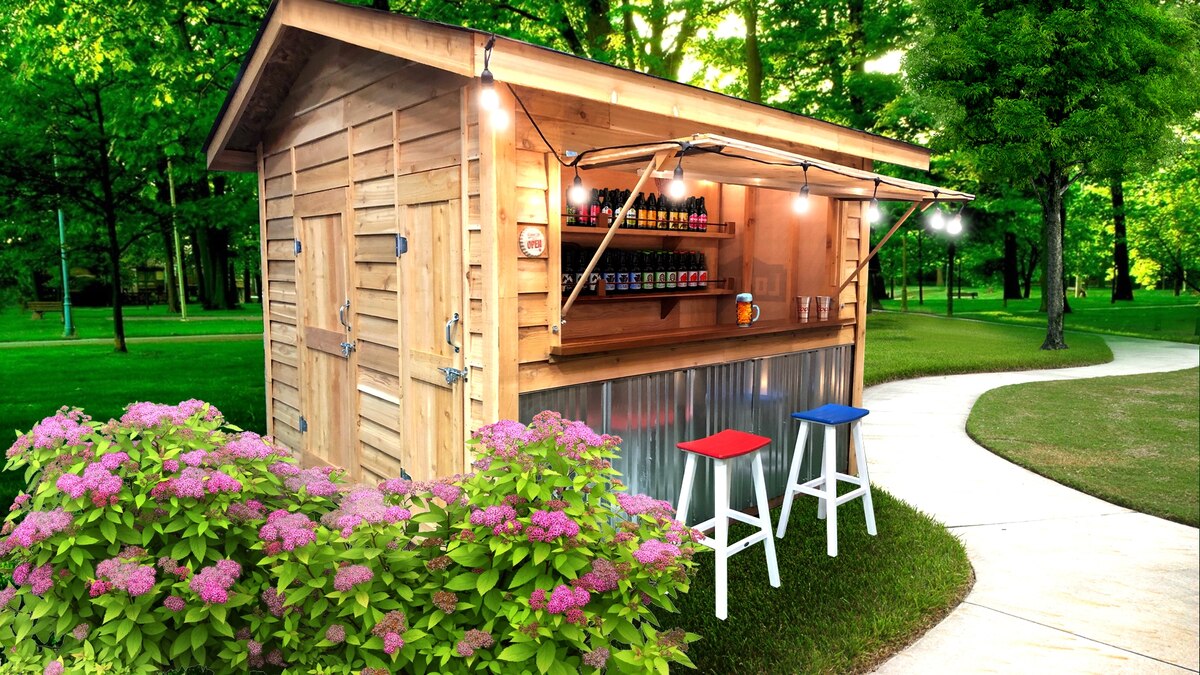
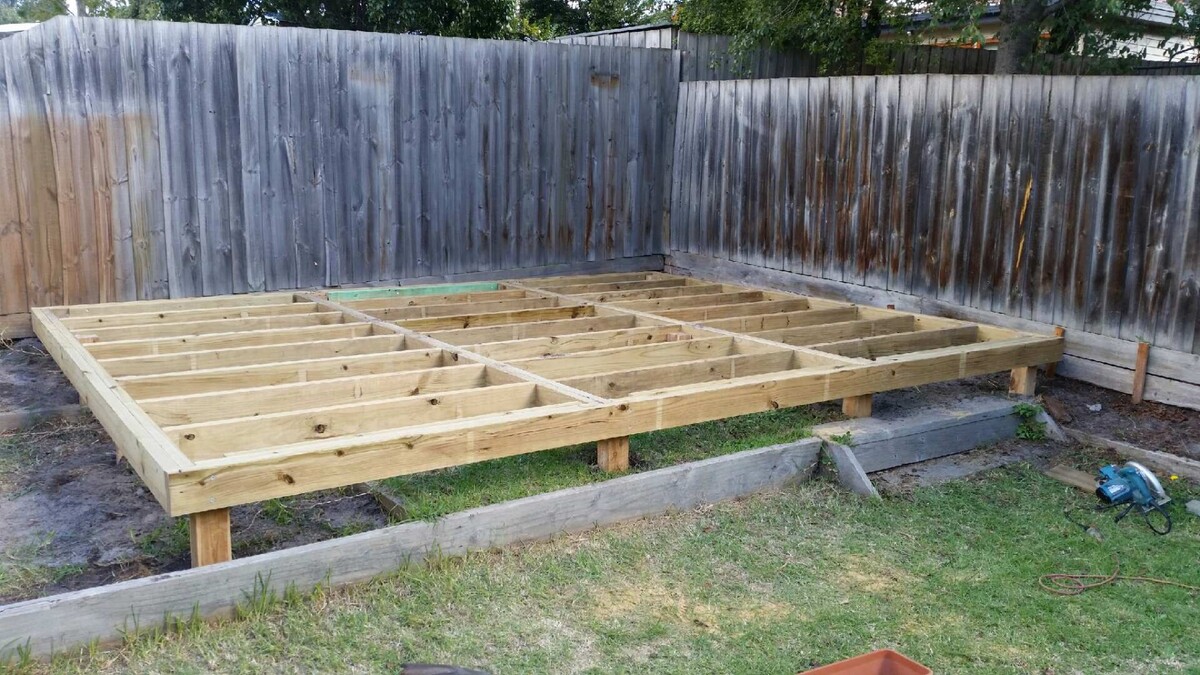
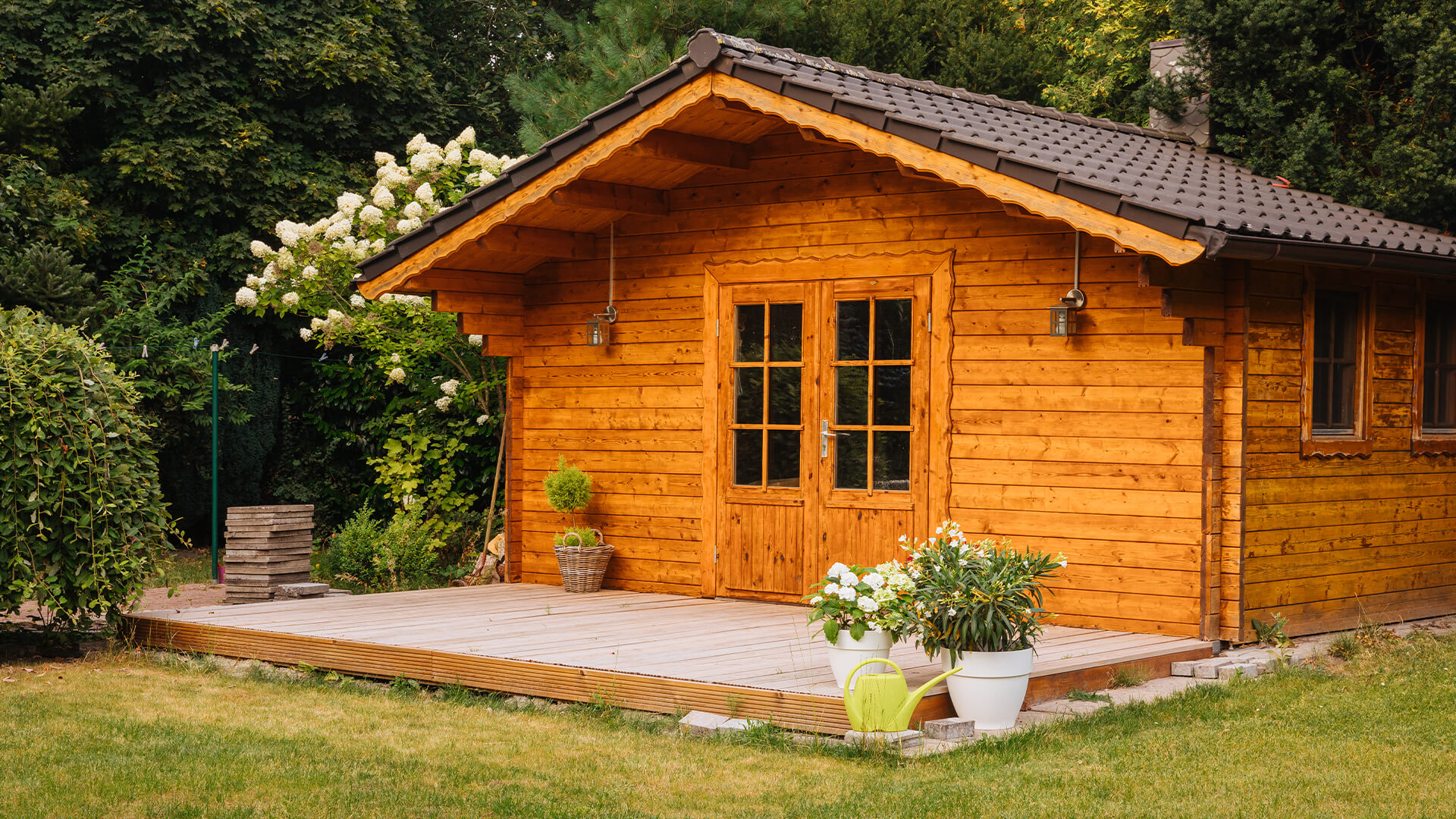
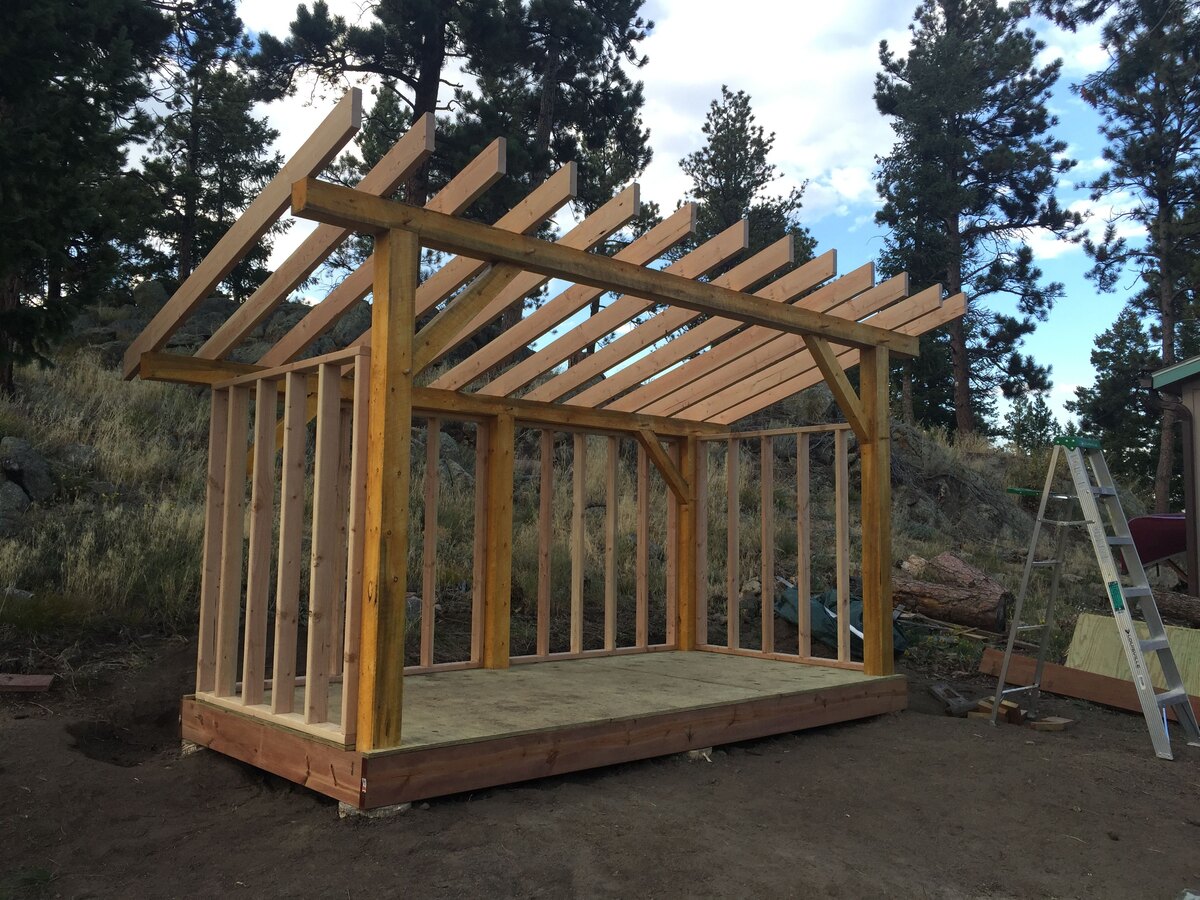

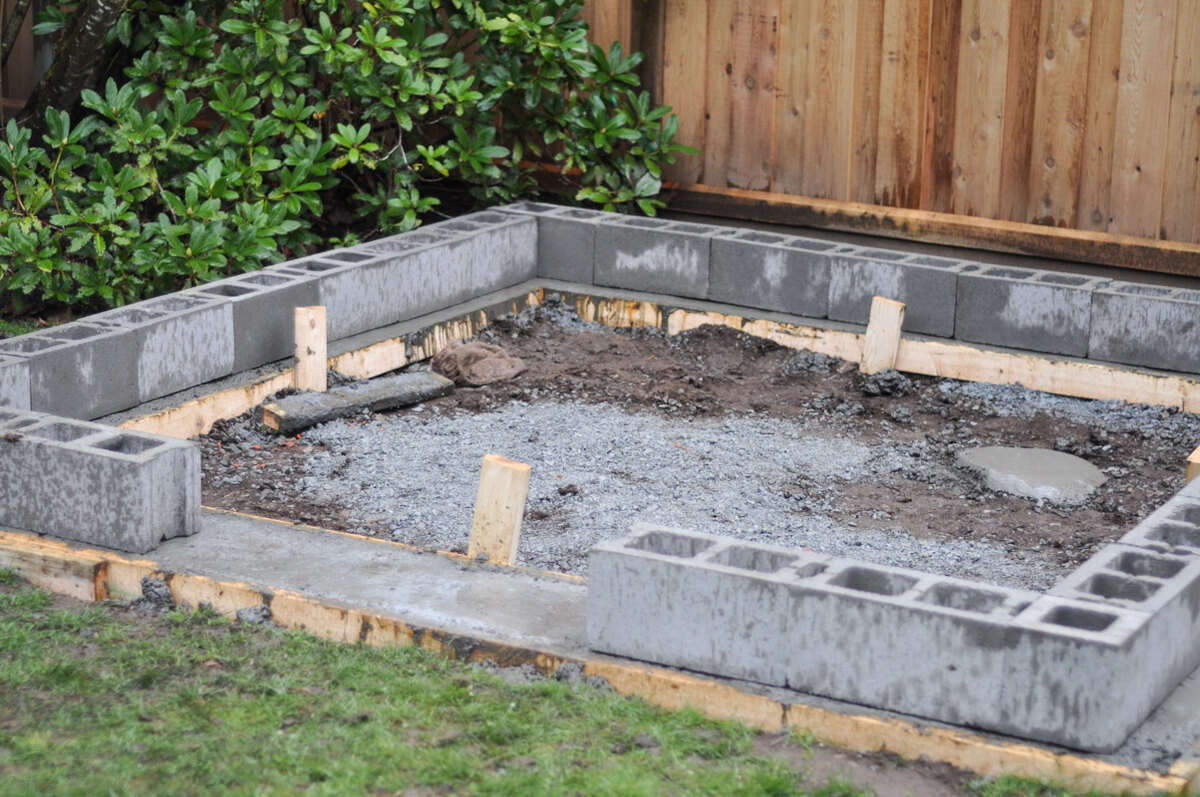
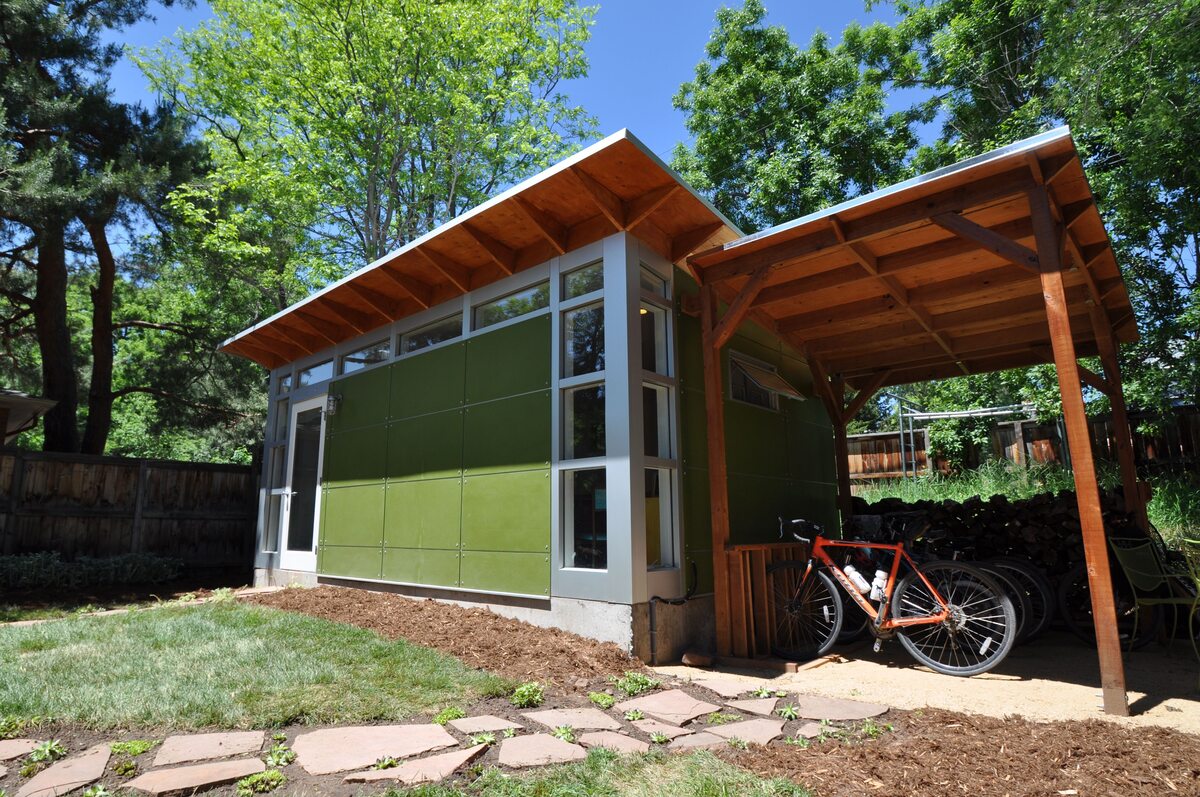
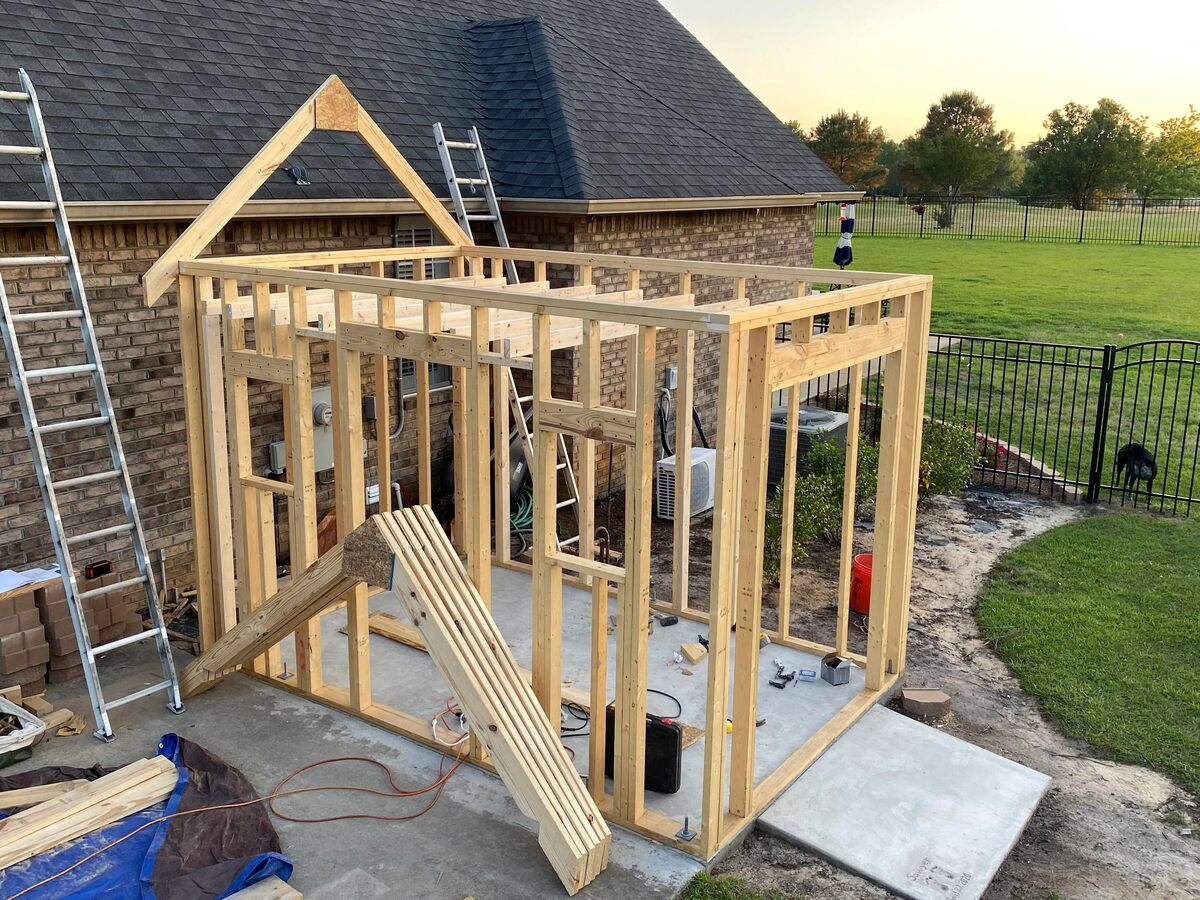
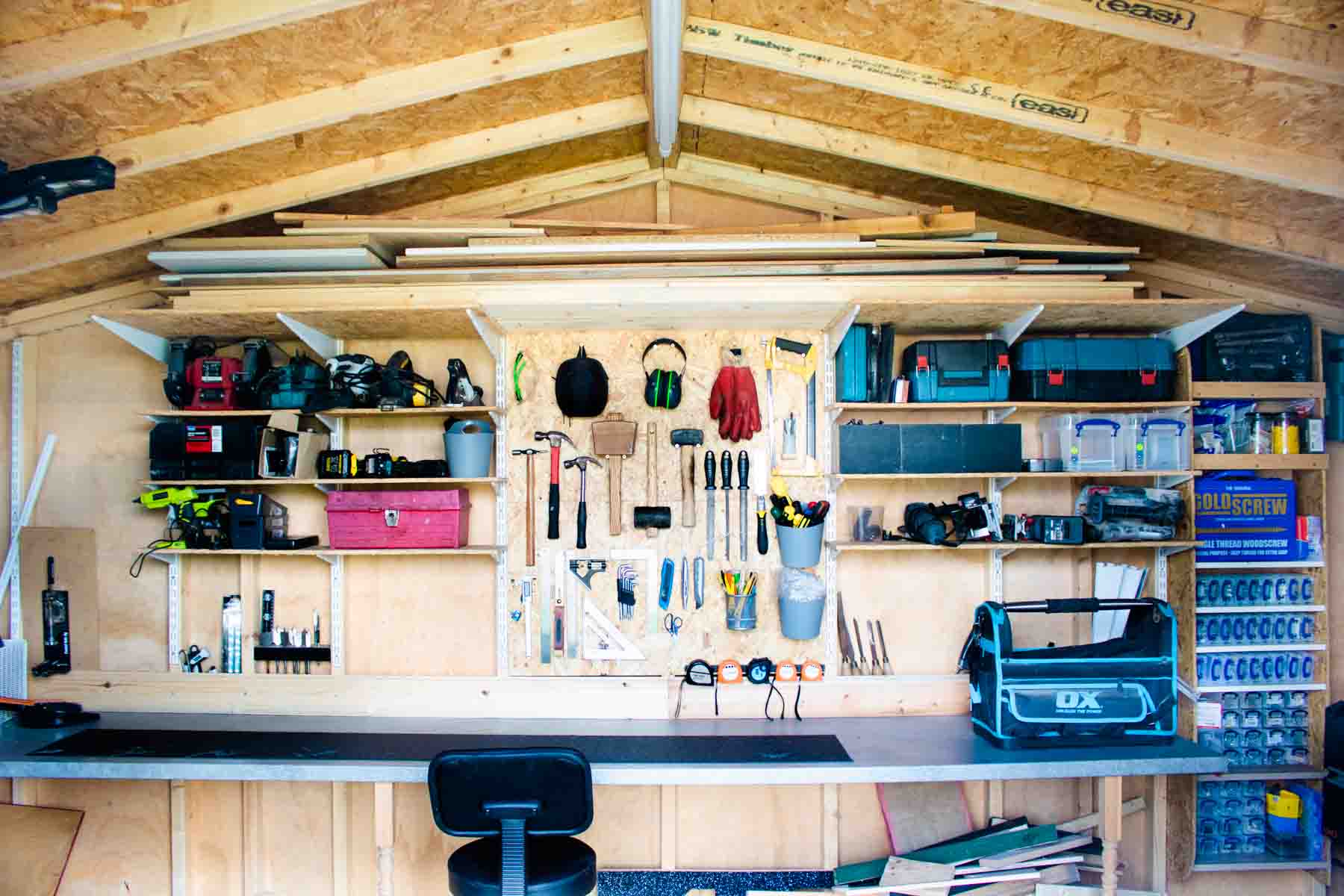
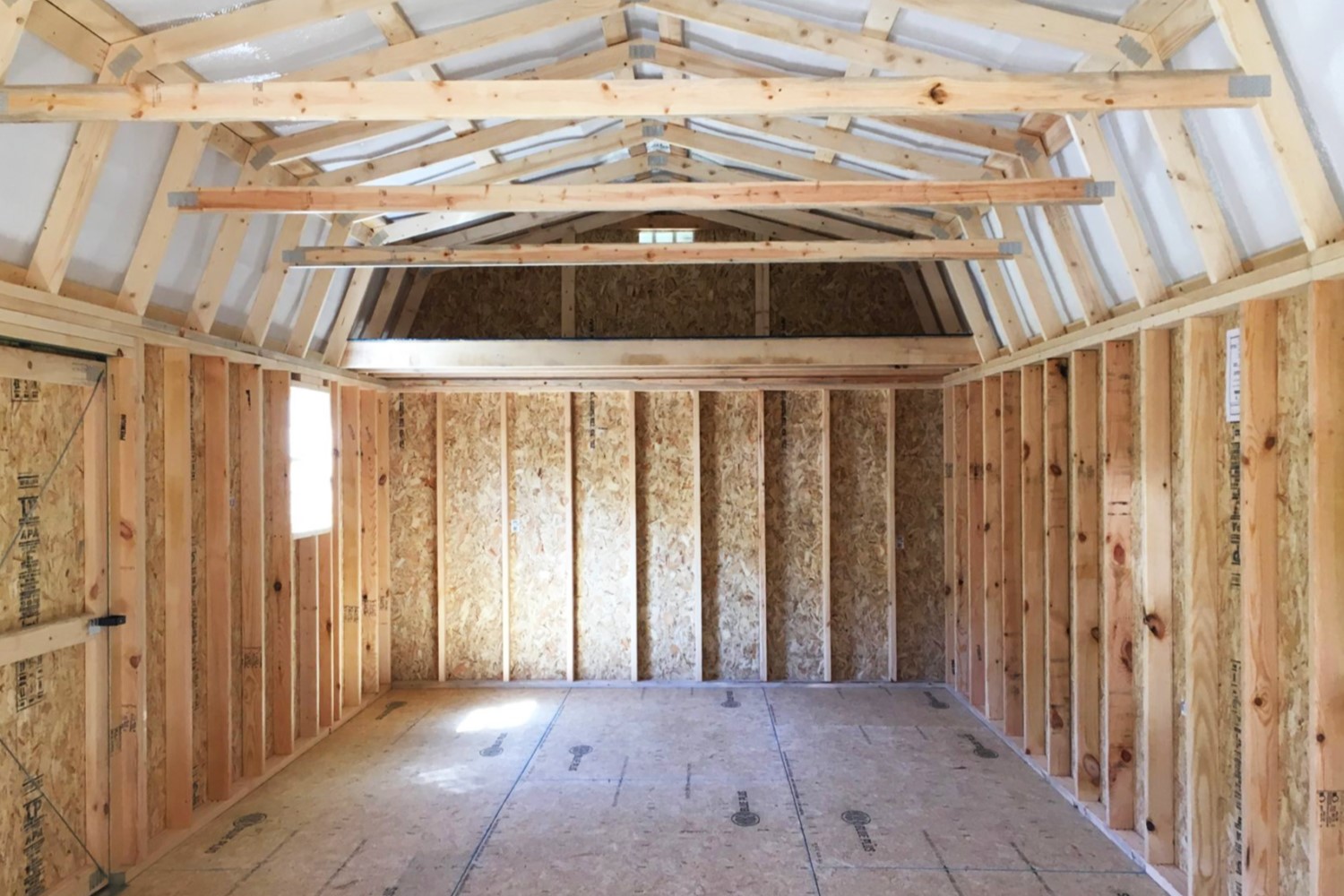
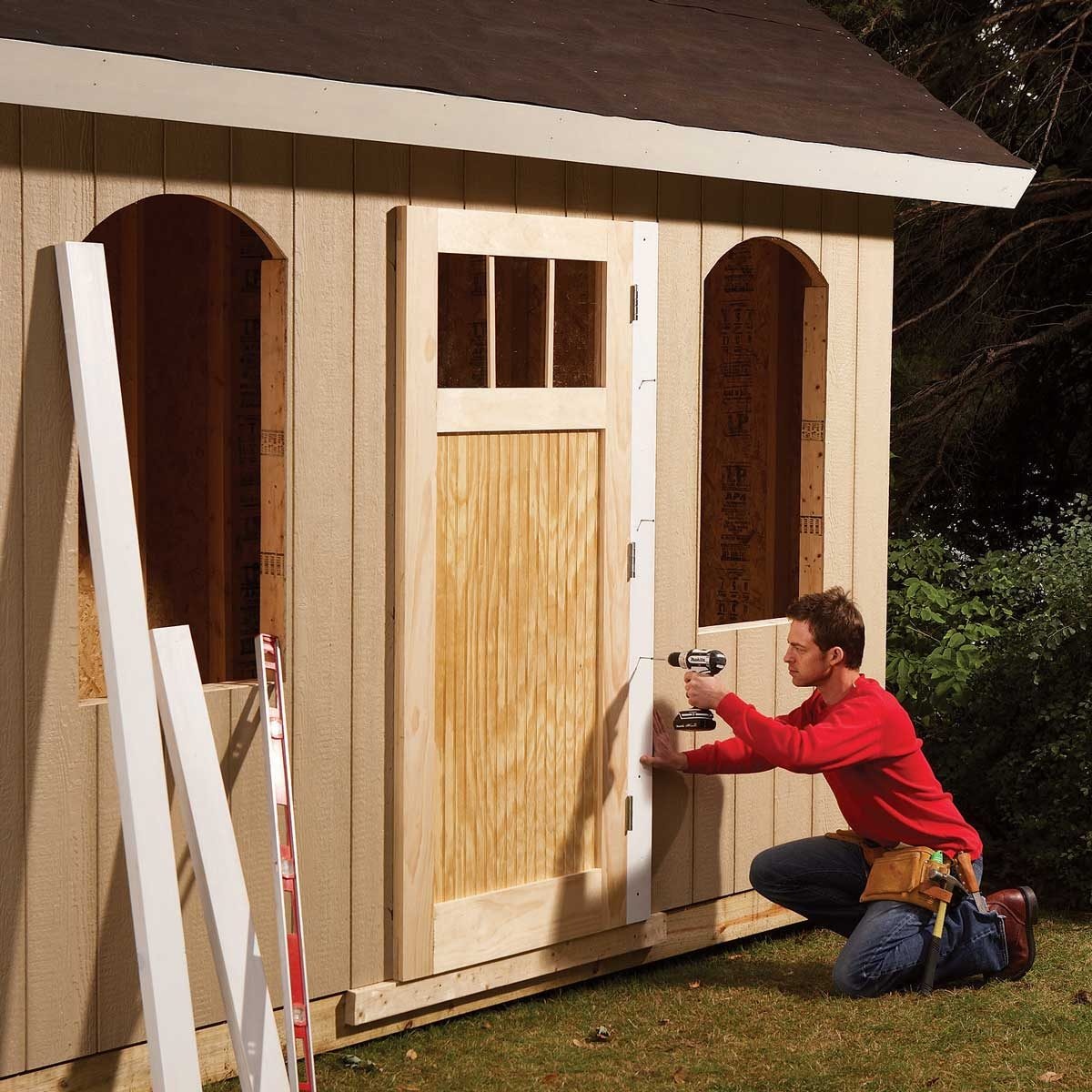
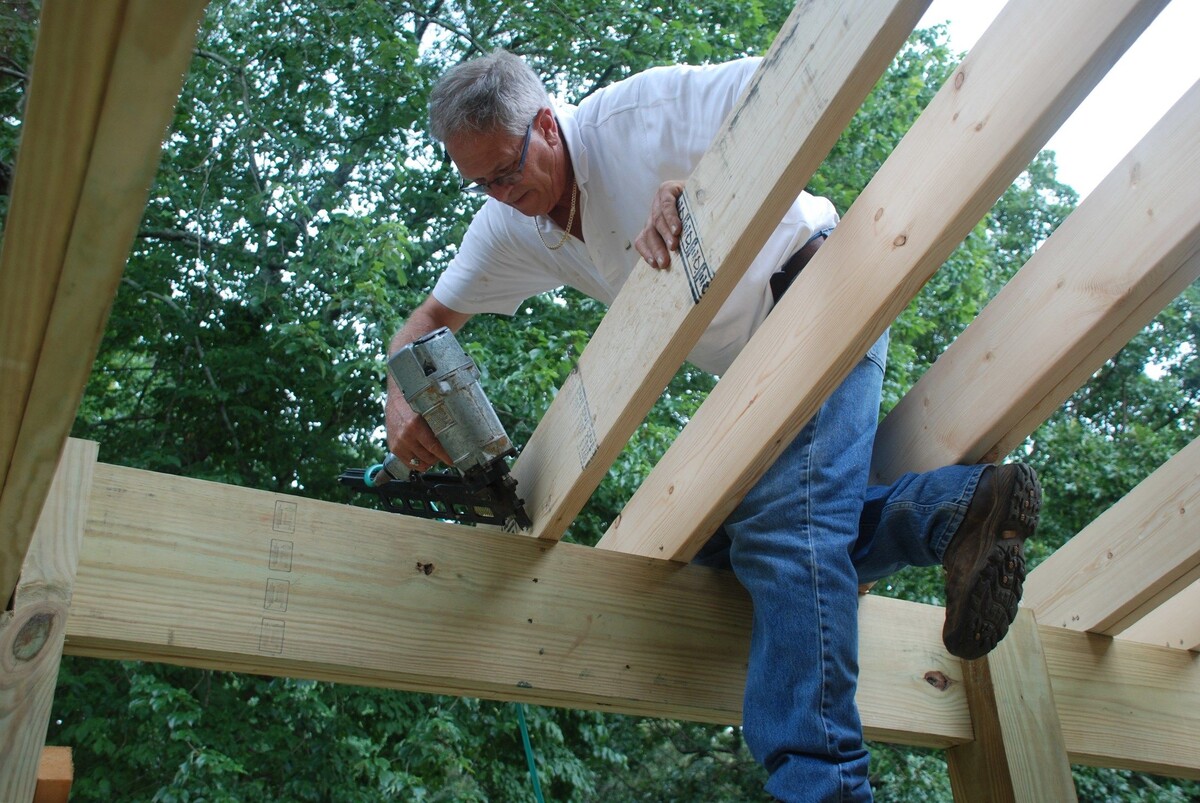
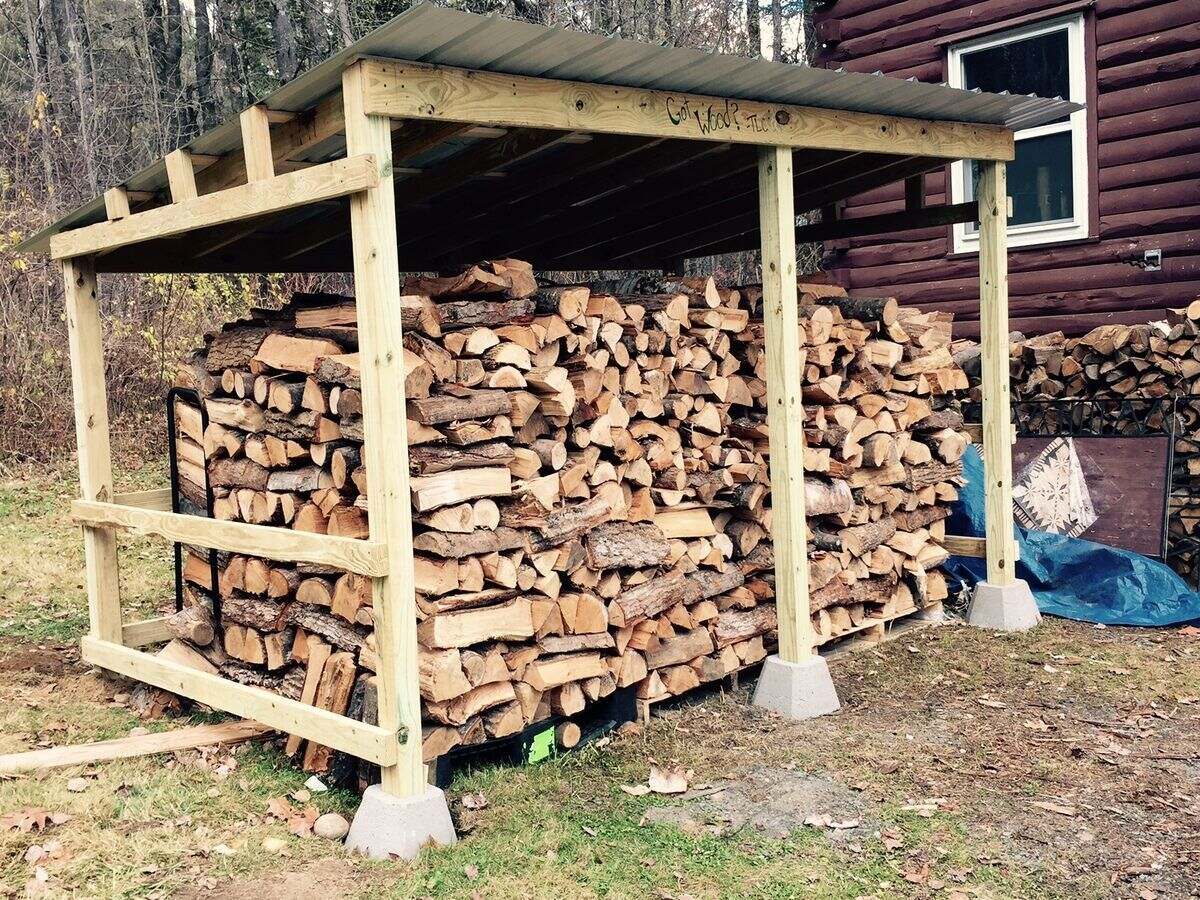
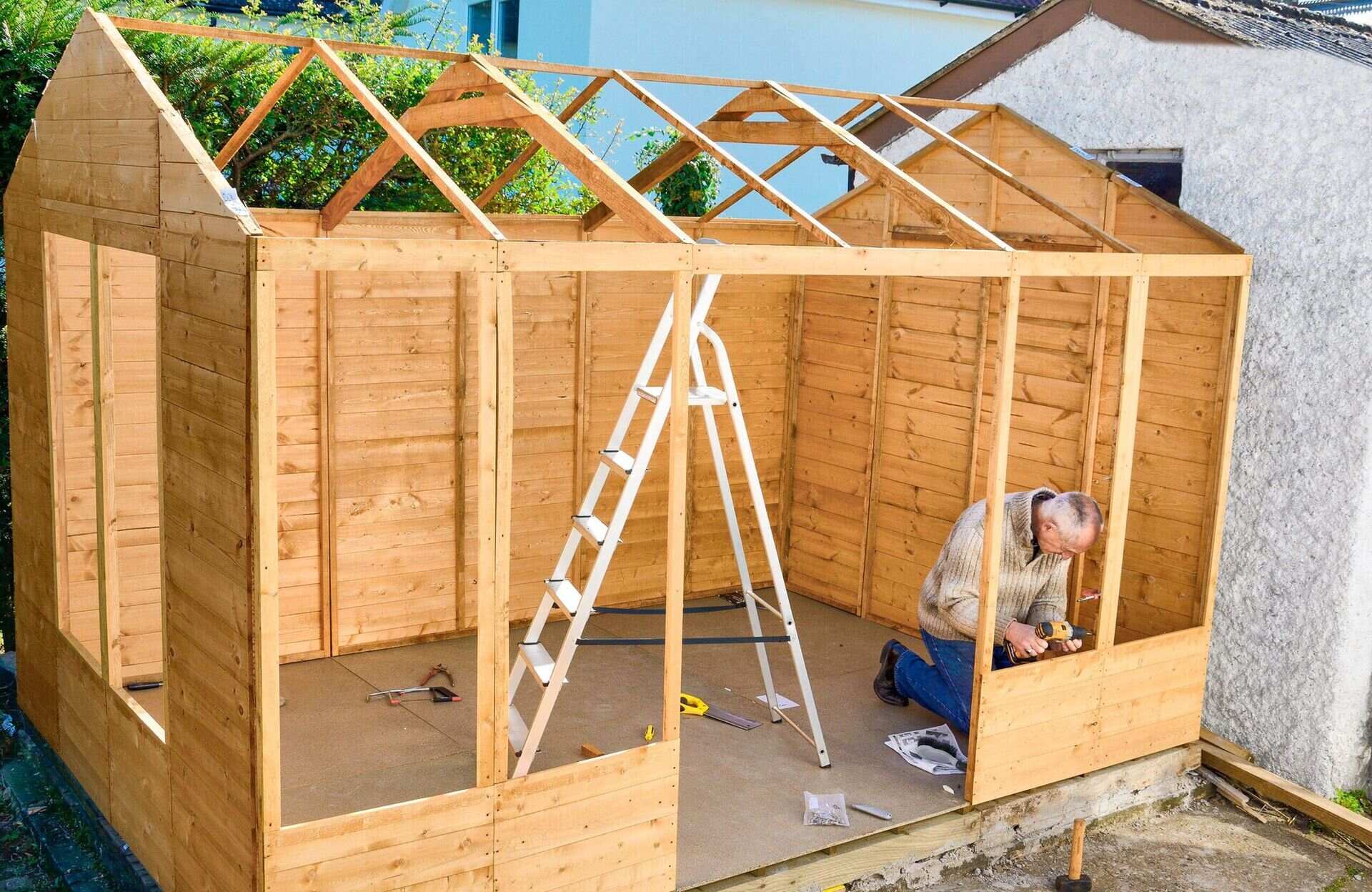

0 thoughts on “How Build A Shed”